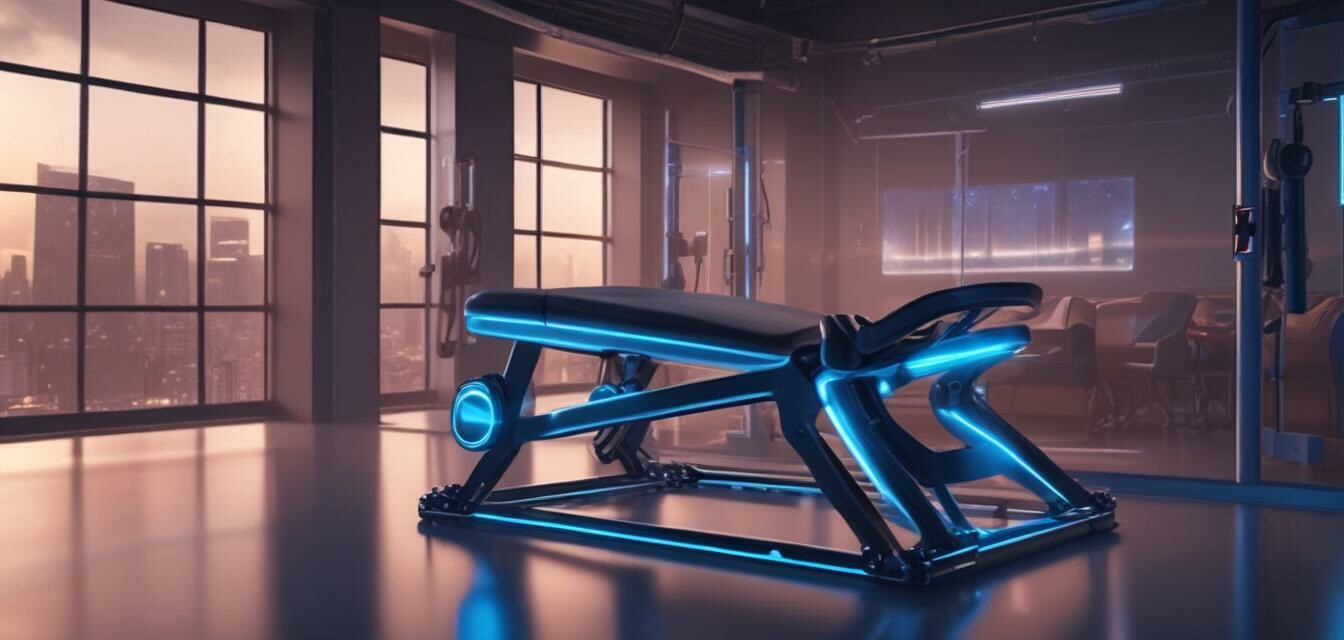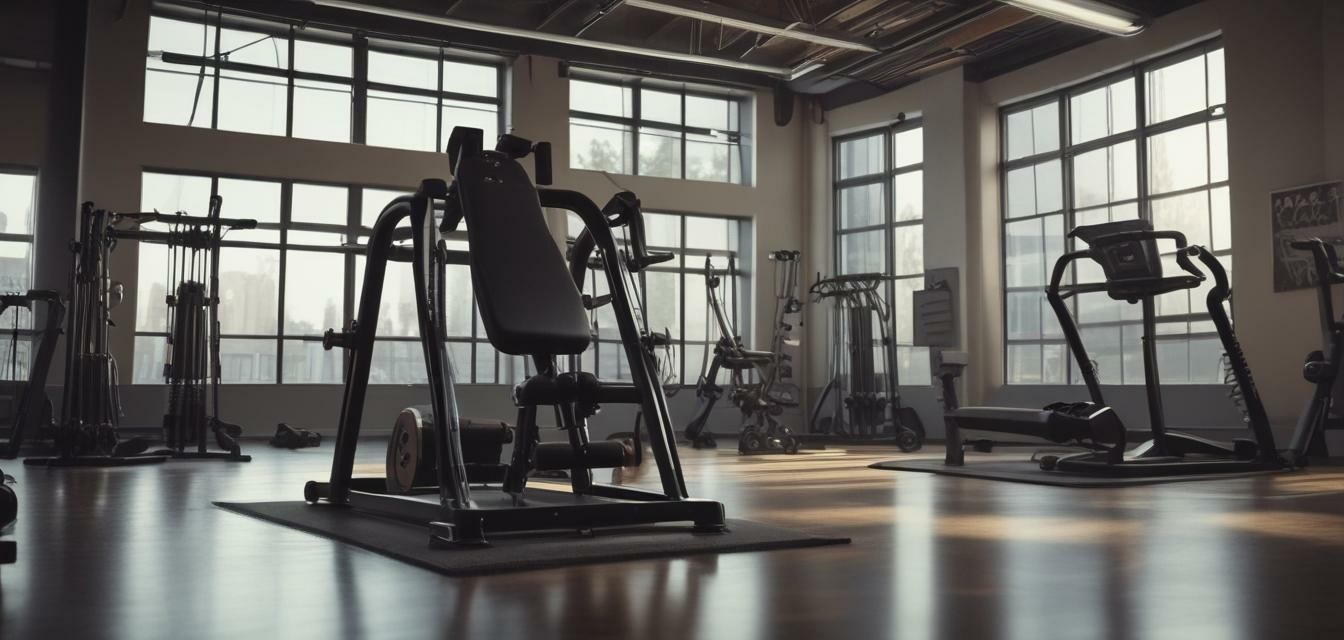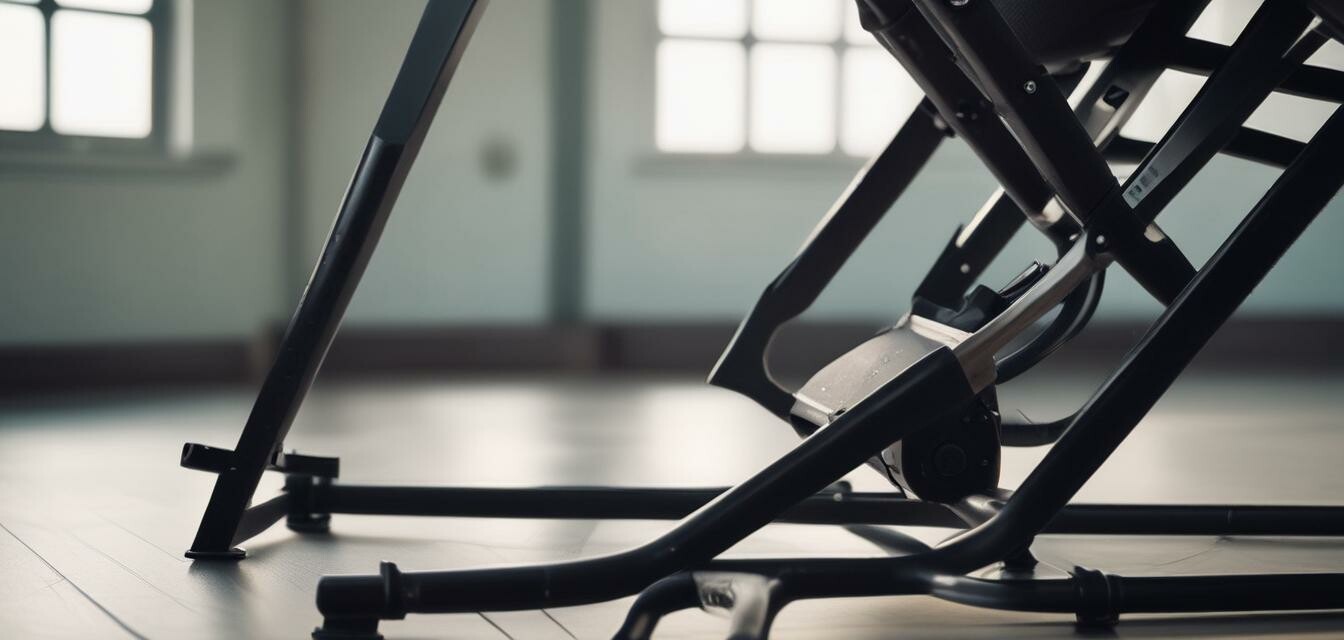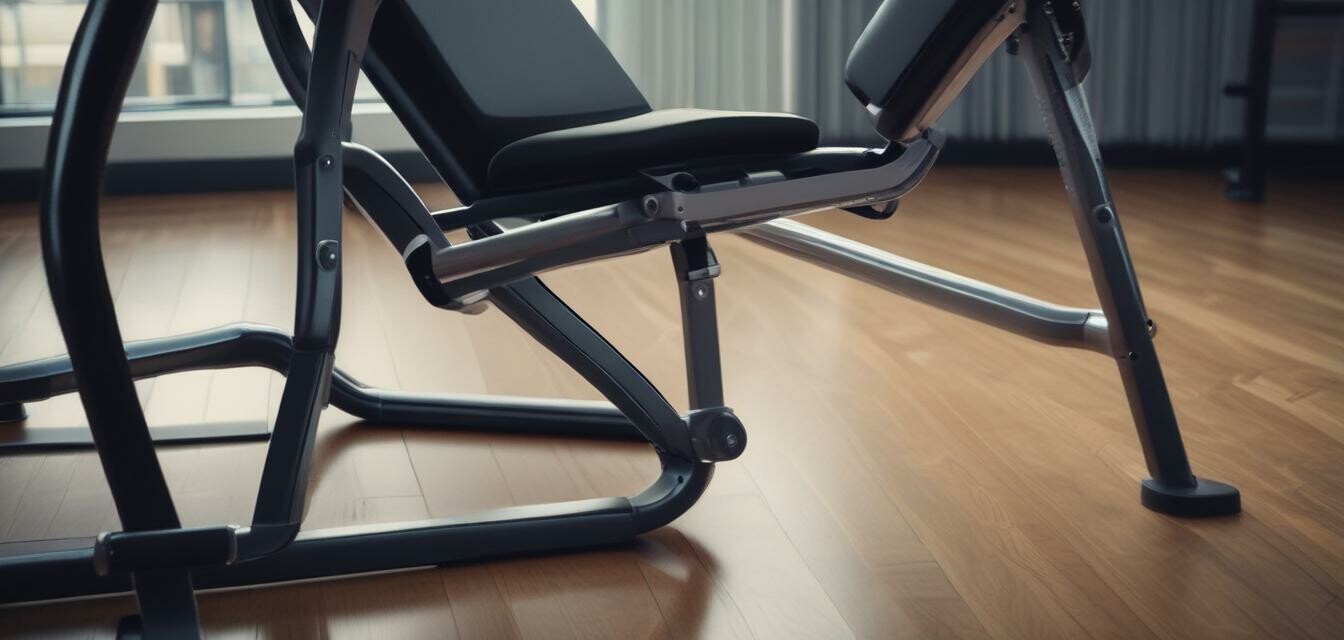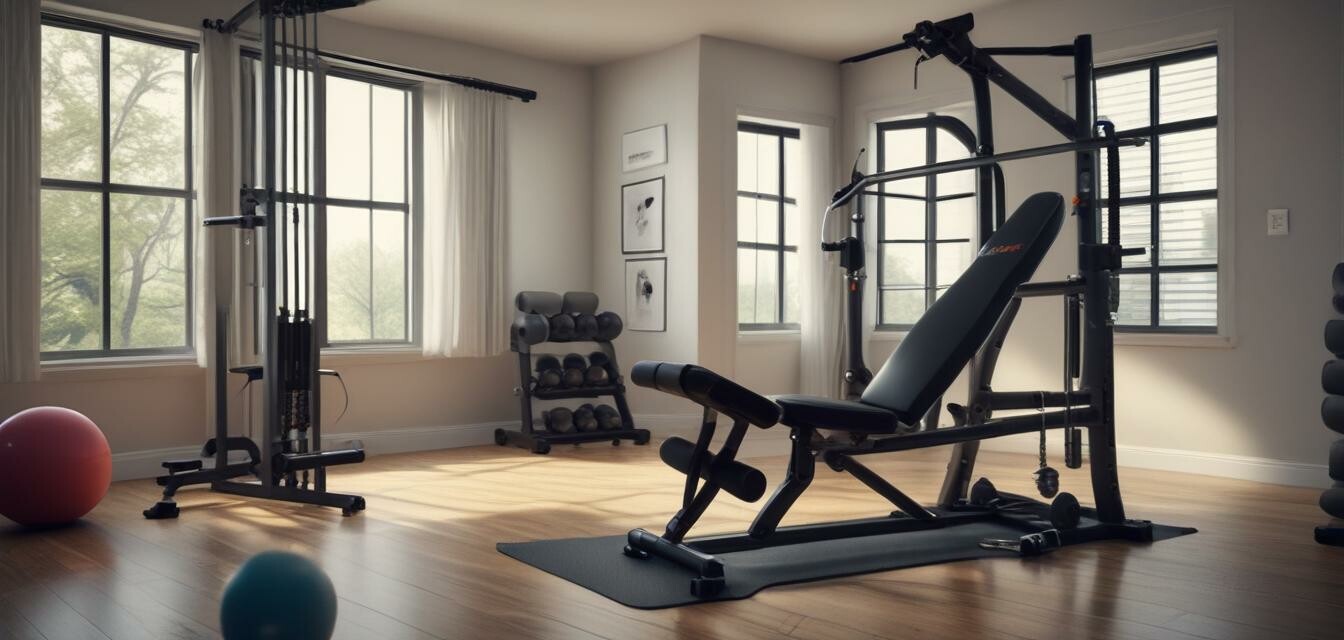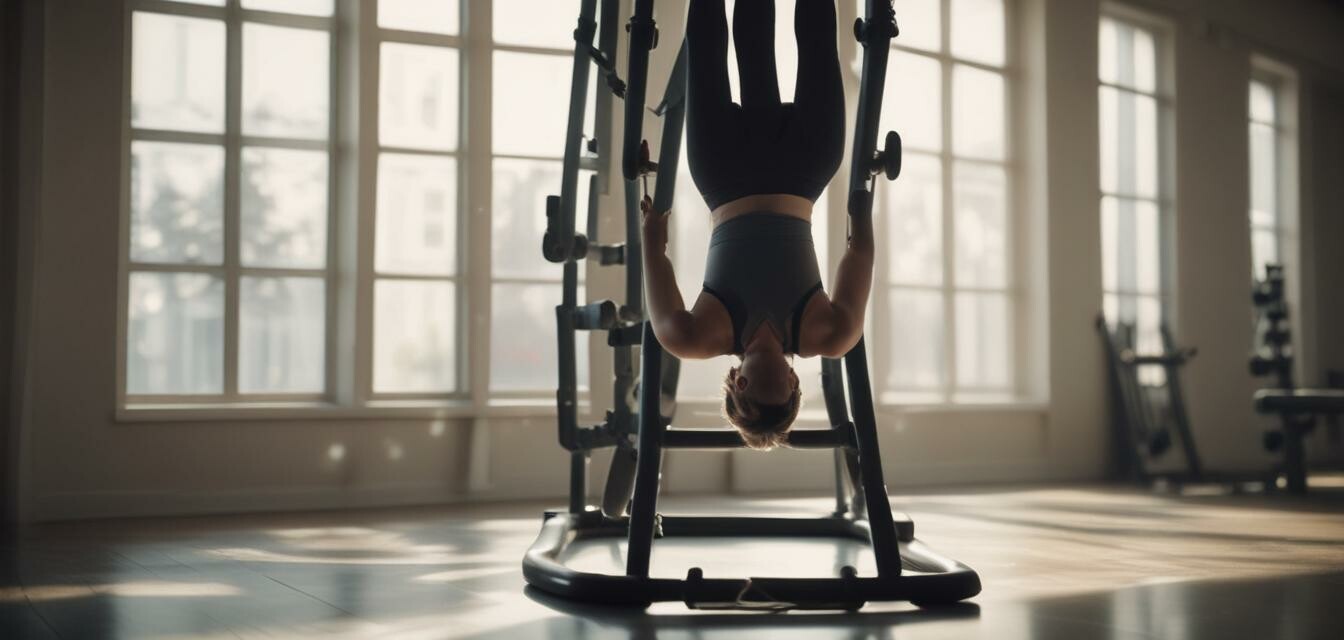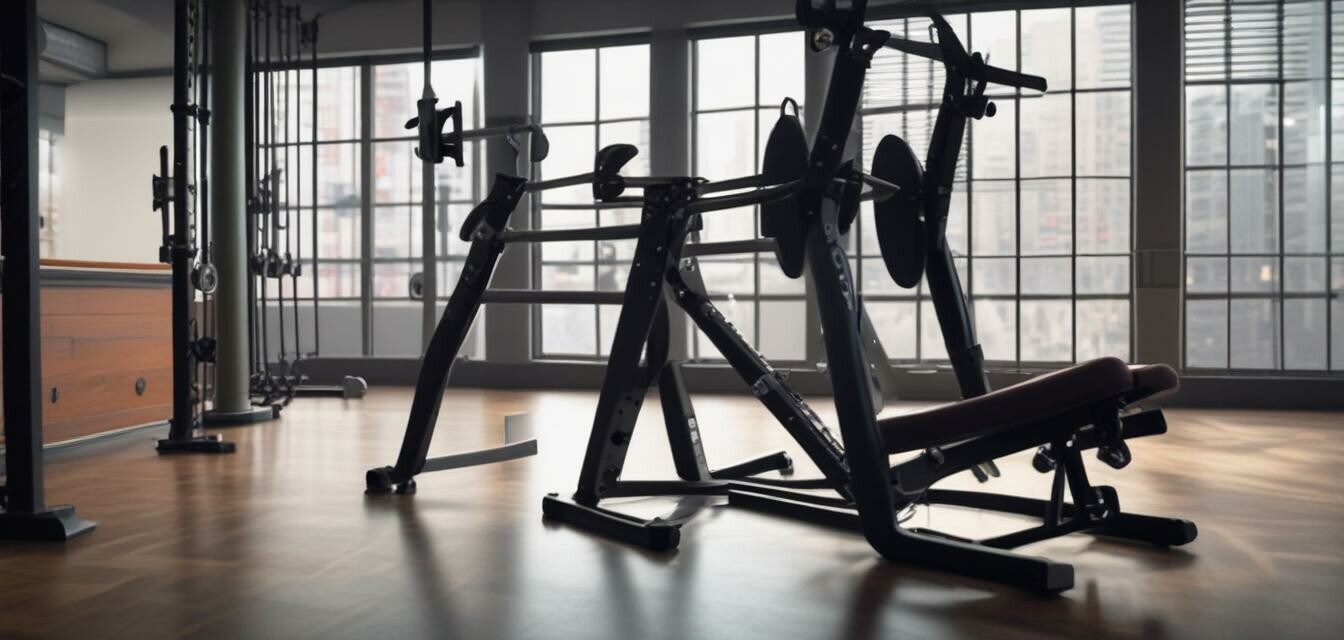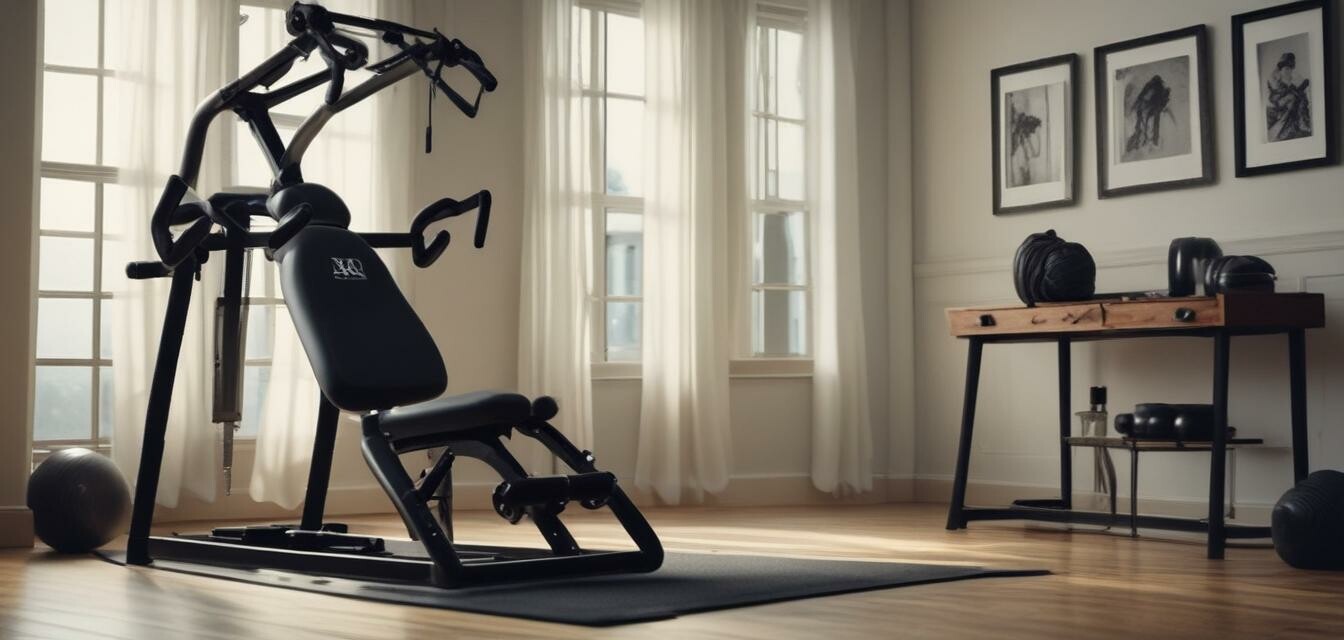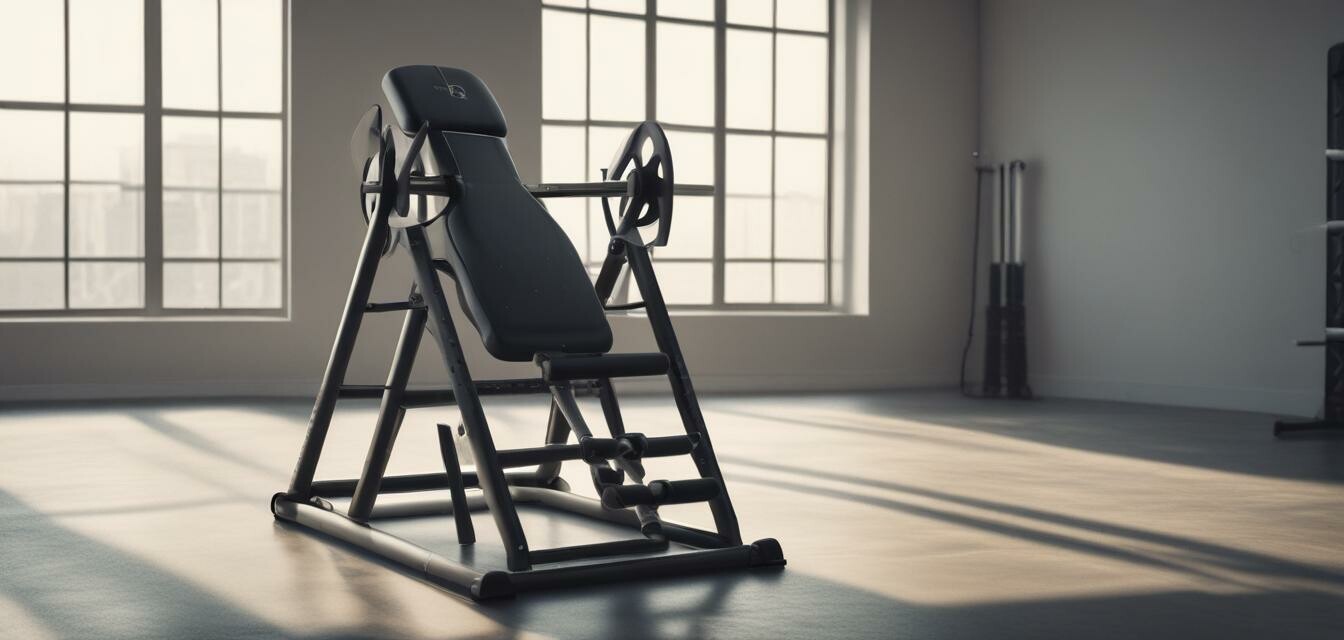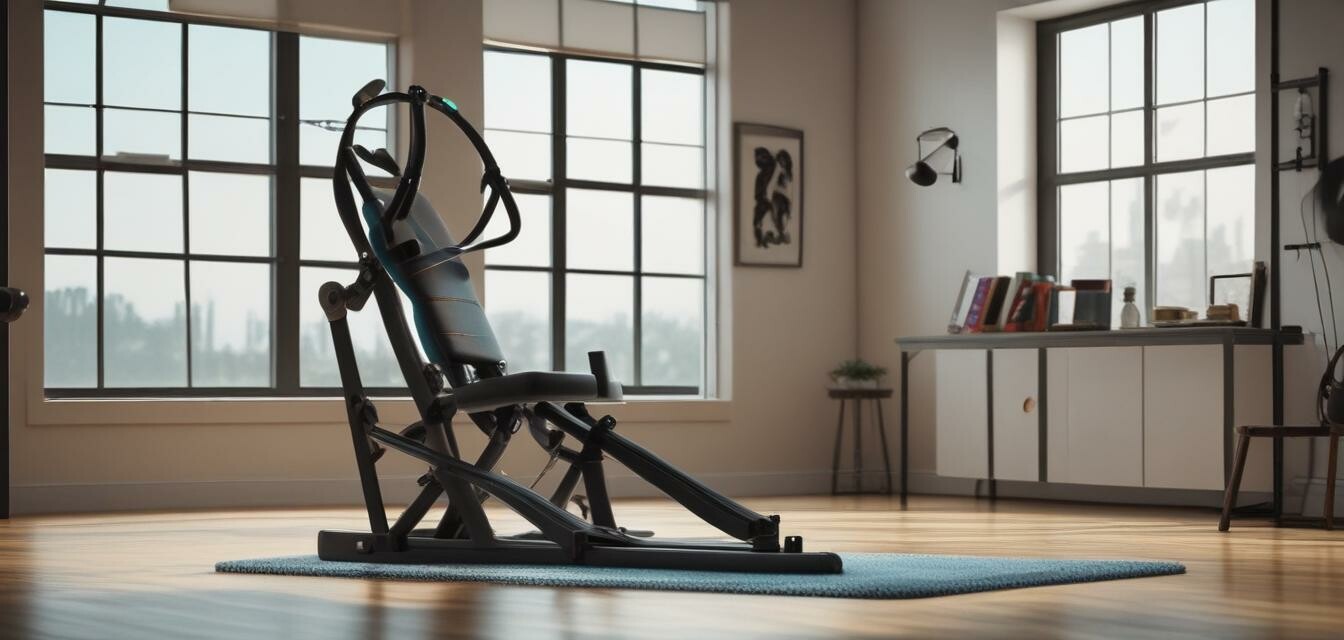
Maintenance for Heavy Duty Inversion Tables
Making sure your heavy duty inversion table is properly maintained is crucial to extend its lifespan and ensure optimal performance. In this article, we will provide you with tips and advice on how to keep your inversion table in top condition.
Key Takeaways
- Regular cleaning is essential to prevent dirt and dust buildup
- Lubricate moving parts to reduce friction and wear
- Inspect and replace worn-out parts to prevent accidents
- Store your inversion table properly when not in use
Why Maintenance is Important
A heavy duty inversion table is a significant investment, and proper maintenance is necessary to ensure it lasts for years to come. Neglecting maintenance can lead to premature wear, accidents, and even injuries.
| Well-Maintained Inversion Table | Poorly Maintained Inversion Table |
|---|---|
| Longer lifespan | Shorter lifespan |
| Optimal performance | Reduced performance |
| Less risk of accidents | Higher risk of accidents |
Cleaning Your Inversion Table
Regular cleaning is crucial to prevent dirt and dust buildup. Here's a step-by-step guide on how to clean your inversion table:
- Wipe down the frame and other metal parts with a soft cloth
- Use a gentle cleaning solution to clean the padding and upholstery
- Use a dry cloth to wipe away any excess moisture
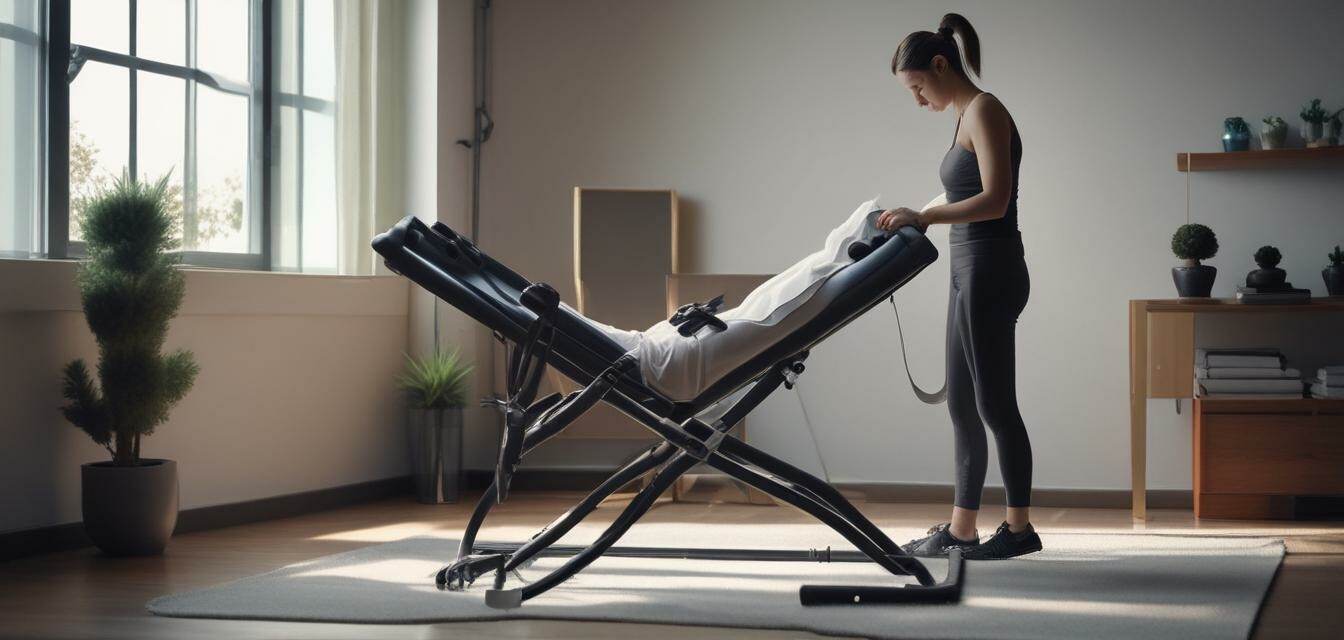
Lubricating Moving Parts
Lubricating moving parts is essential to reduce friction and wear. Here are some tips:
- Use a silicone-based lubricant to prevent rust and corrosion
- Apply lubricant to the hinges, pivot points, and other moving parts
- Wipe away any excess lubricant to prevent drips and messes
Inspecting and Replacing Worn-Out Parts
Regularly inspecting your inversion table for worn-out parts is crucial to prevent accidents. Here are some tips:
- Check the padding and upholstery for signs of wear and tear
- Inspect the hinges and pivot points for signs of rust or corrosion
- Replace any worn-out parts immediately to prevent accidents
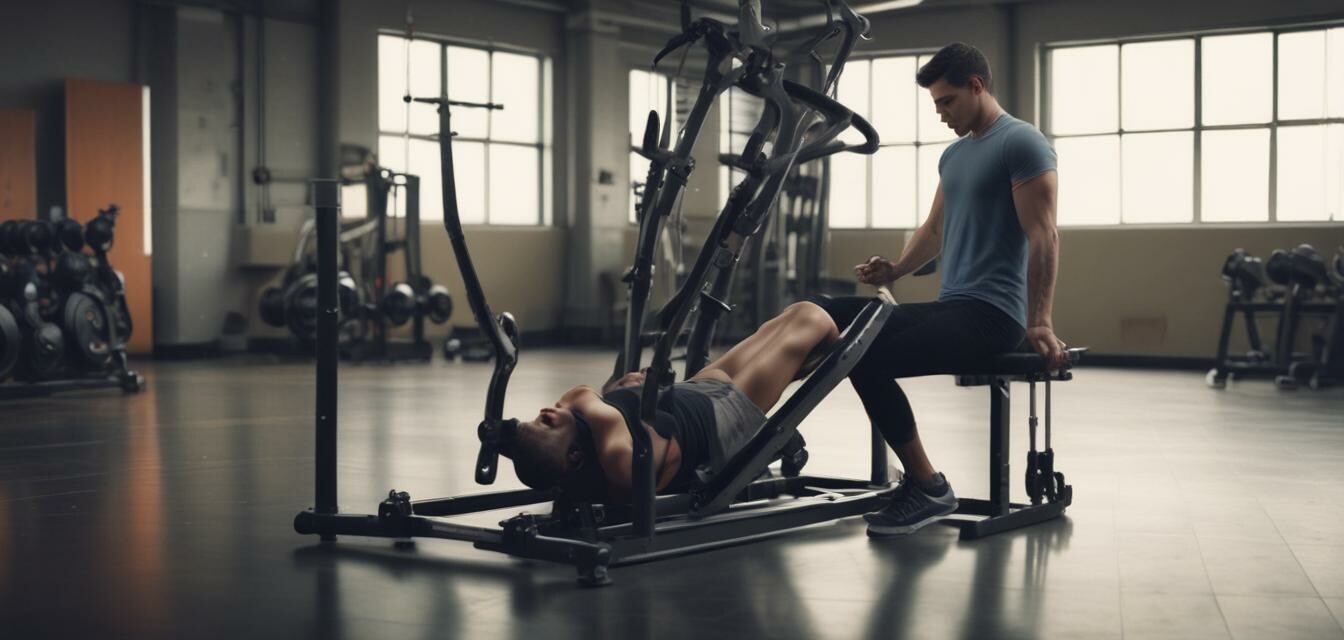
Storing Your Inversion Table
When not in use, it's essential to store your inversion table properly to prevent damage and prolong its lifespan. Here are some tips:
- Store your inversion table in a dry, cool place
- Avoid storing your inversion table near direct sunlight or moisture
- Use a protective cover to prevent dust and dirt buildup
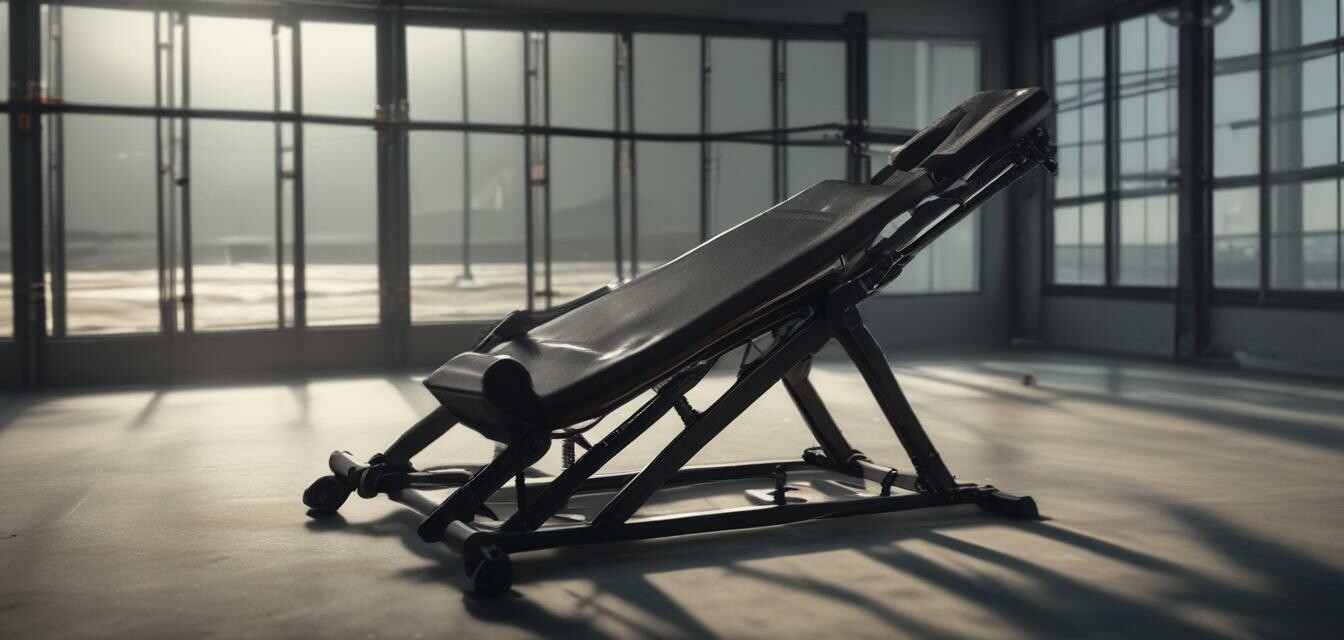
Benefits of Regular Maintenance
- Extended lifespan of your inversion table
- Optimal performance and safety
- Reduced risk of accidents and injuries
Consequences of Neglecting Maintenance
- Reduced lifespan of your inversion table
- Decreased performance and safety
- Increased risk of accidents and injuries
Conclusion
Maintaining your heavy duty inversion table is crucial to extend its lifespan and ensure optimal performance. By following these tips and advice, you can keep your inversion table in top condition and enjoy years of safe and effective use.
Looking for more information on heavy duty inversion tables? Check out our inversion table category for a wide range of products and reviews.
Need help with core training? Check out our core training equipment for a variety of products and accessories.
Want to improve your flexibility? Check out our flexibility training tools for a range of products and accessories.
